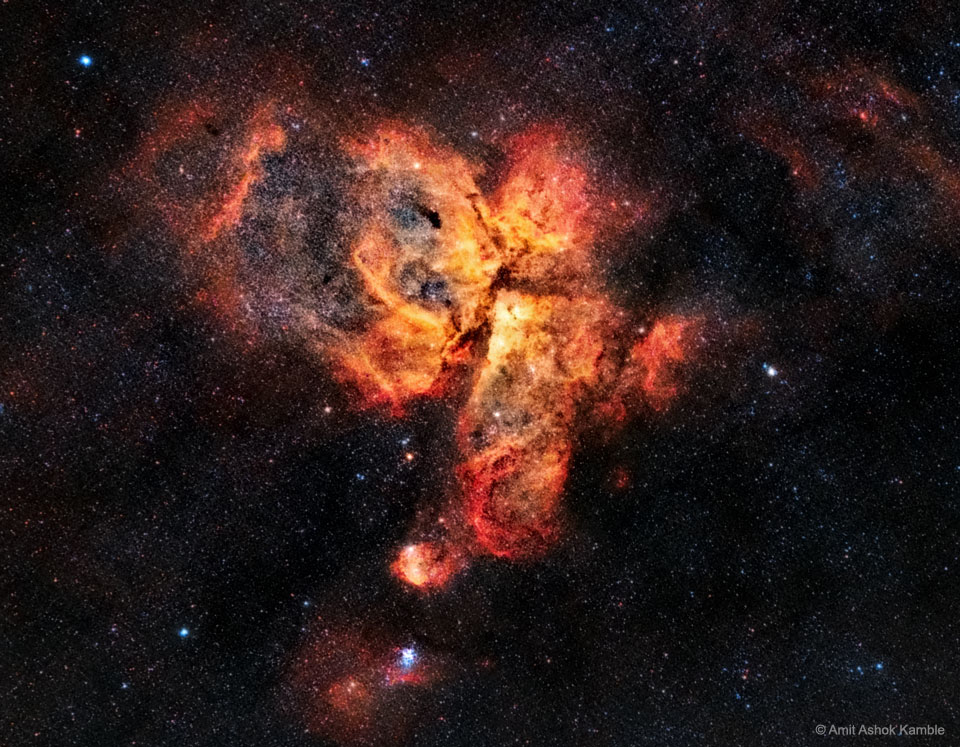Transistors based on graphene ribbons could result in much faster, more efficient computers and other devices. Researchers use a magnetic field to control current flow.
via Science Daily
There are advances being made almost daily in the disciplines required to make space and its contents accessible. This blog brings together a lot of that info, as it is reported, tracking the small steps into space that will make it just another place we carry out normal human economic, leisure and living activities.

A collaboration between Graphenea and ICFO yielded the world’s first large area graphene-CMOS integrated device. The project built on the team’s expertise in photodetectors to produce a high sensitivity, high resolution camera that captures images from the ultraviolet to the infrared parts of the spectrum. A demonstration of graphene-CMOS integration opens the door to practical use of graphene in next-generation electronics.
The broadband graphene camera uses CVD graphene that can be reliably produced over large areas. The graphene is transferred onto a silicon chip where electrical contacts for each pixel were fabricated using standard CMOS technology. A top layer of quantum dots is then applied to the device to form the active light-absorbing material. Hybrid graphene-quantum dot photodetectors were earlier shown by the same team to have high sensitivity across a broad spectral range. The device operates in a photoconductive mode, with graphene acting as a high mobility channel. The most important result of the current research is the demonstration of a working graphene device that is compatible with mass manufacture and that shows real advantages over existing technology.
The camera is shown to operate in low light conditions, down to starry night sky levels. Furthermore, ultraviolet, visible, and infrared operation are demonstrated in the same low-cost device that could have major applications in smartphone cameras, security systems, vehicles, and food and pharmaceutical inspection systems. Most importantly, the integrated CMOS fabrication process will make this device as inexpensive as modern smartphone camera chips.
Graphene is an attractive material for photodetectors and other optoelectronic applications because it has a broad spectral bandwidth and fast response times. A weakness for these applications is the weak light absorption by graphene, which limits photodetector responsivity. Integrating graphene with quantum dots that are strong light absorbers leads to an enormous increase in responsivity with a gain of ~108, utilizing the best of both worlds. The discovery of hybrid graphene quantum dot photodetectors has led to their practical applications, for example in food safety.
The most recent result – integrating these photodetectors with CMOS processing - was published in Nature Photonics and featured on the cover of the journal. The researchers are working on bringing this novel innovation to the market together with its full patent and other IP portfolio. The next major challenges will lie in developing a fabrication process compatible with "fabs" – the billion-dollar production facilities that produce commercial CMOS chips.
